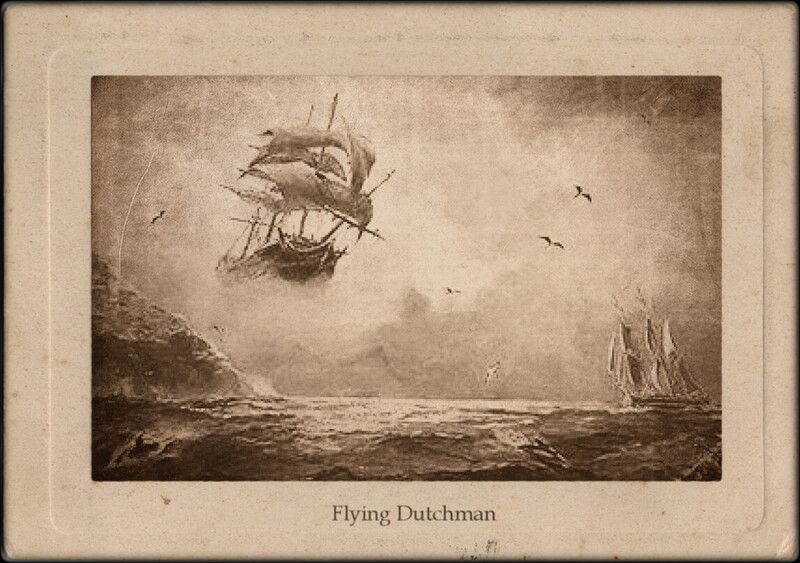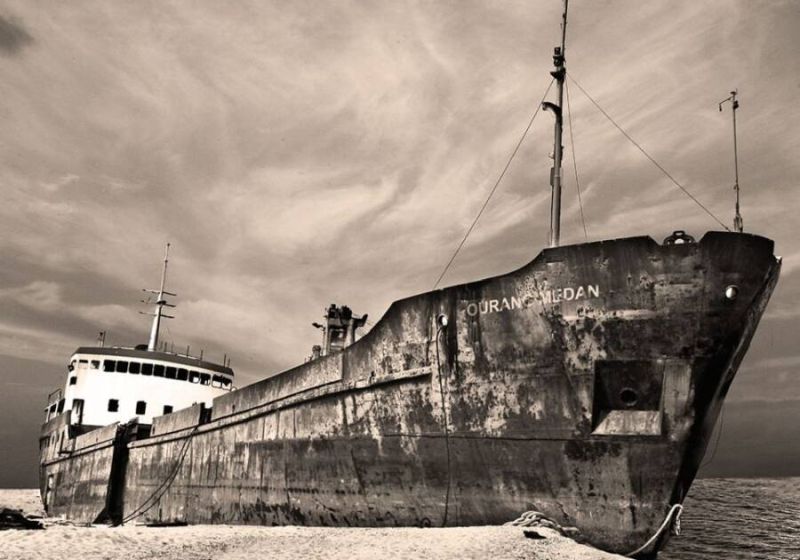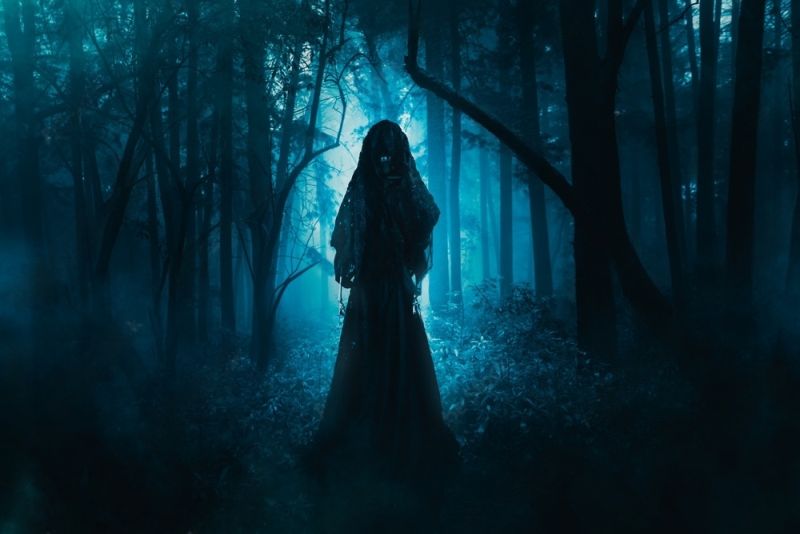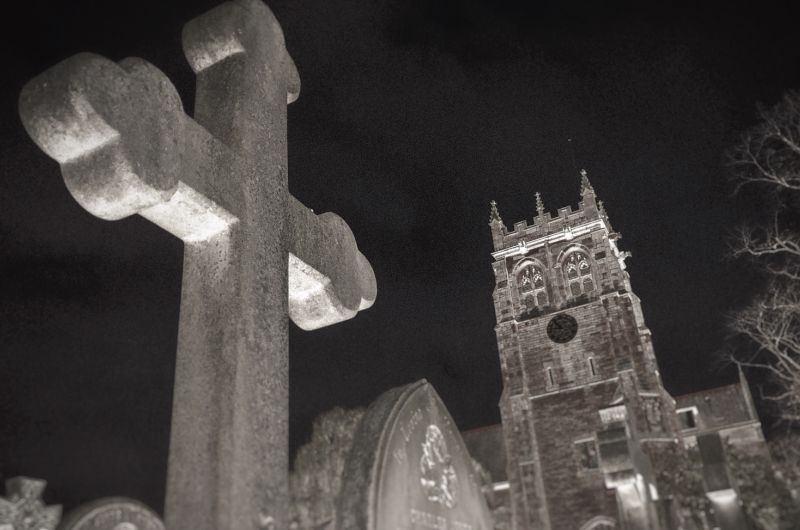
The History of Ghost Ships
The history of ghost ships is deeply intertwined with the journey of human discovery and maritime exploration.
These spectral vessels have been an intrinsic part of maritime folklore for centuries. They embody the fascination, fear, and curiosity that humans harbor towards the unknown.
In various cultures, stories of ghost ships have made their appearance as far back as antiquity. A notable example can be traced to Greek mythology - the ship of the Argonauts. According to the legend, this ship disappeared under unfortunate circumstances, only to continue its journey as a ghost ship.
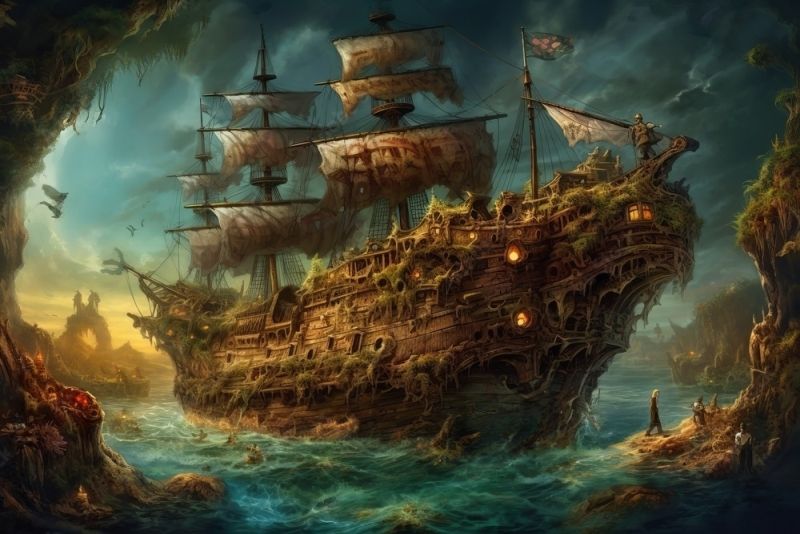
During the Age of Discovery, as seafaring and exploration of new territories increased, ghost ships frequently featured in sailors' tales.
These often involved ships found adrift and abandoned at sea.
The reasons for the disappearance of the crew often remained unclear, leading to speculation about piracy, mutiny, or supernatural phenomena.
Over the centuries, numerous ghost ship stories have evolved, capturing the imagination of generations. Some of these tales can be traced back to real events, while others dwell more in the realm of legends and myths.
One famous example is the aforementioned Flying Dutchman, allegedly doomed to roam the seas eternally. The legend originated in the Dutch maritime culture of the 17th century and has seen numerous variations over time.
In modern times, the mystery surrounding ghost ships has not diminished. The disappearance of vessels like the Mary Celeste or the SS Ourang Medan has piqued the curiosity of historians, writers, and paranormal researchers alike. Ghost ships continue to be a popular motif in pop culture, appearing in films, novels, and television series.
In conclusion, ghost ships are a fascinating phenomenon that has stimulated human imagination for centuries. They blend the allure of the unknown and eerie with the perils and challenges of seafaring, securing their place in maritime folklore.

Research and Studies on Ghost Ships
Ghost ships have long captivated human imagination and inspired countless stories, books, and films.
In this article, we take a look at various research and studies dealing with the phenomenon of ghost ships, aiming to better understand these intriguing maritime mysteries.
Scientific Explanations
Natural Phenomena and Their Role in Ghost Ships
Some ghost ships can be traced back to natural phenomena that have contributed to the emergence of legends and misunderstandings. Researchers have sought to investigate these phenomena and explain their role in the creation of ghost ships:
"Ghost Ships: Tales of Abandoned, Doomed, and Haunted Vessels" by Angus Konstam (2010)
In this book, the author investigates various ghost ship stories and presents scientific explanations for some of these puzzling cases. Konstam demonstrates how natural phenomena such as ocean currents, extreme weather conditions, or optical illusions can lead to ships being perceived as ghost ships.
"Phantom Islands of the Atlantic" by Donald S. Johnson (1996)
This book explores the history of so-called "phantom islands" in the Atlantic that appear on old maps and in maritime legends but do not actually exist. Johnson analyzes the creation of these legends and provides scientific explanations for the phenomena that may have led sailors to believe they had discovered such islands.
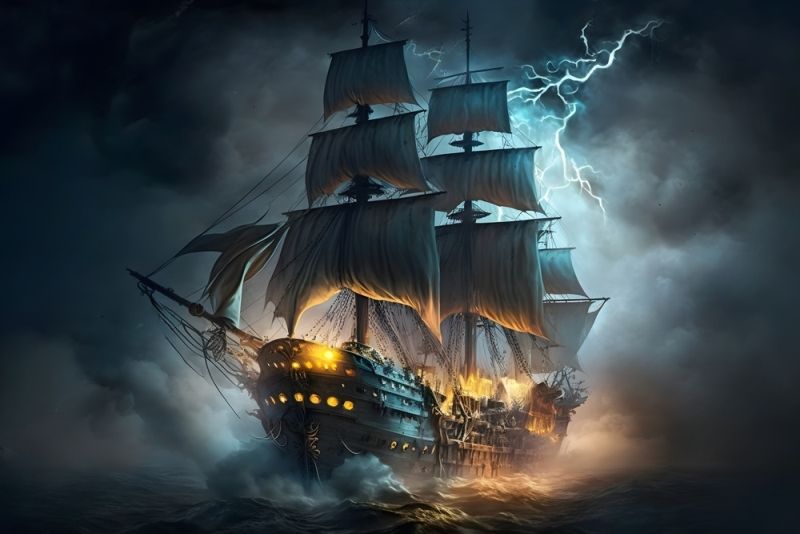
Archaeological Investigations
Archaeology plays a crucial role in researching ghost ships by providing evidence for the fate of lost ships and their crews.
Some notable archaeological investigations include:
"The Lost Ships of Robert Ballard: An Unforgettable Underwater Tour by the World's Leading Deep-Sea Explorer" by Robert D. Ballard (2005)
In this book, renowned marine archaeologist Robert Ballard documents his discoveries of sunken ships, including the wreckage of the Titanic. Ballard presents both historical backgrounds and archaeological insights that help reconstruct the fate of these ships and their crews.
"Beneath the Seven Seas: Adventures with the Institute of Nautical Archaeology" by George F. Bass (2005)
In this book, the founder of the Institute of Nautical Archaeology, George F. Bass, presents a collection of archaeological discoveries and research on sunken ships from around the world. The featured projects cover a wide range of topics, from ancient shipwrecks to World War II ghost ships.
Historical Investigations
The Search for Facts Behind the Ghost Ships
Many ghost ship legends are based on historical events that were altered or exaggerated over time.
A number of studies and research efforts have sought to determine the actual facts behind the stories:
"Shipwrecks, Sea Monsters, and the Sinking of the Titanic" by Richard Ellis (2004)
In this book, the author investigates various maritime legends, including ghost ships, and attempts to uncover the facts behind the stories. Ellis draws historical parallels and compares various ghost ship legends to reveal their possible origins.
"Sea of Darkness: Unraveling the Mysteries of the H.L. Hunley" by Brian Hicks (2017)
This book examines the mysterious disappearance of the H.L. Hunley, a Confederate submarine from the American Civil War. Hicks analyzes historical records and the latest archaeological findings to reconstruct the fate of the submarine and its crew.
The Fascination for the Unexplained
Ghost ships attract people's attention as they often involve unexplained phenomena. Various studies have attempted to explore the psychological and cultural aspects behind the fascination with ghost ships:
"The Lure of the Sea: The Discovery of the Seaside in the Western World" by Alain Corbin (1994)
This book investigates the psychological and cultural aspects of seafaring and the associated legends, including ghost ships. It provides insights into the fascination that stories about ghost ships exert on people and shows how maritime myths and legends persist over time.
"Ghost Ships: A Surrealist Love Triangle" by Robert McNab (2004)
In this book, the author analyzes the depiction of ghost ships in surrealist art and literature. McNab argues that the fascination for ghost ships is closely linked to the unconscious and the desire for the unknown.

